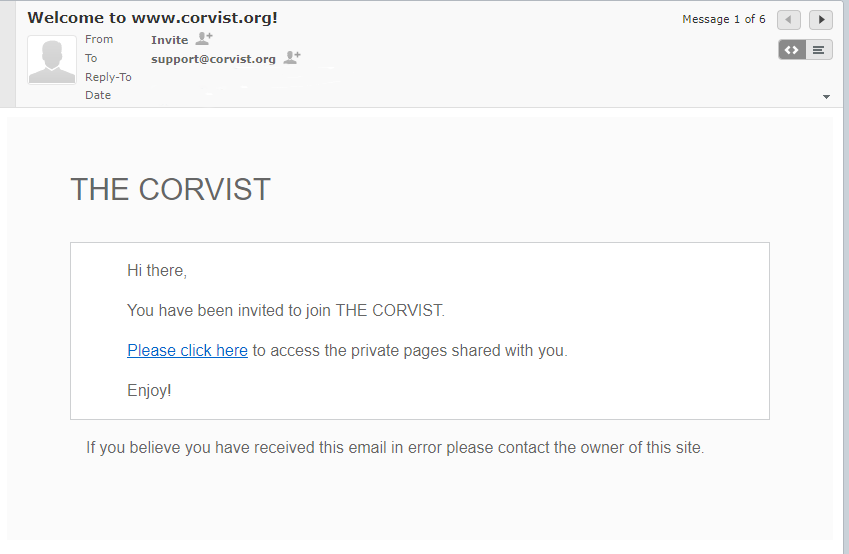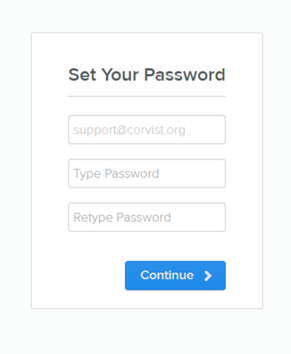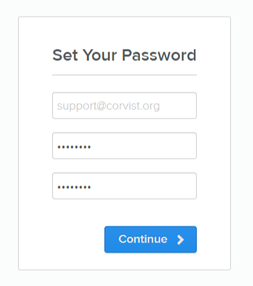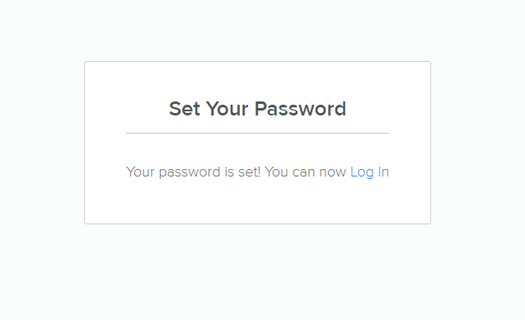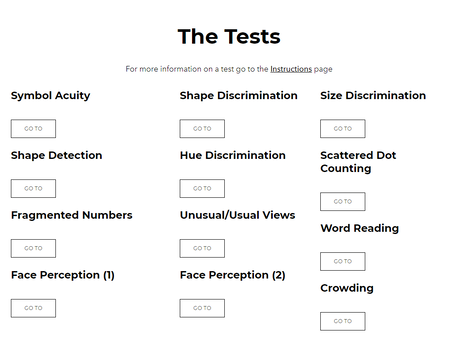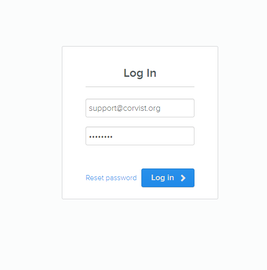Symbol Acuity Shape Discrimination Size Discrimination Shape Detection Hue Discrimination Scattered Dot Counting Fragmented Numbers Unusual Views Word Reading Face Perception 1 Face Perception 2 Crowding FAQ
Symbol Acuity
The purpose of this test is to simplify testing acuity in patients who have difficulty in scanning visual arrays such as a standard acuity chart.
The test stimuli comprise rows of three shapes decreasing in size.
Each shape should be viewed individually at a normal reading distance using the appropriate correction. The subject is asked simply to identify the shape. Record the approximate acuity in terms of Snellen equivalent
The test stimuli comprise rows of three shapes decreasing in size.
Each shape should be viewed individually at a normal reading distance using the appropriate correction. The subject is asked simply to identify the shape. Record the approximate acuity in terms of Snellen equivalent
Shape Discrimination
The purpose of this test is to detect impairment of shape discrimination in individuals who have normal acuity.
First show the example of the square and the oblong before showing the individual stimuli
The test stimuli consist of four squares and four oblongs, matched for flux.
Subjects should be asked to indicate for each of these shapes whether it is a 'square' for an 'oblong'. Difficulty on this test points to bilateral occipital lobe impairment.
First show the example of the square and the oblong before showing the individual stimuli
The test stimuli consist of four squares and four oblongs, matched for flux.
Subjects should be asked to indicate for each of these shapes whether it is a 'square' for an 'oblong'. Difficulty on this test points to bilateral occipital lobe impairment.
Size Discrimination
The purpose of this test is to extend and compliment the Shape Discrimination Test. Subjects despite having normal acuity, may have difficulty completing this size discrimination test.
The test stimuli consist of four squares differing in area and four circles differing in area.
Subjects should be asked to point to each of the squares in order of size from largest to smallest. The procedure should be repeated with the circles.
Difficulty on this test may indicate bilateral occipital lobe dysfunction. Individuals with normal vision should have no difficulty with either the shape or the size discrimination tasks.
The test stimuli consist of four squares differing in area and four circles differing in area.
Subjects should be asked to point to each of the squares in order of size from largest to smallest. The procedure should be repeated with the circles.
Difficulty on this test may indicate bilateral occipital lobe dysfunction. Individuals with normal vision should have no difficulty with either the shape or the size discrimination tasks.
Shape Detection
The purpose of this test is to provide further indication of shape discrimination using more complex stimuli requiring integration across a larger area of the visual field.
First show the example of the background with and without the shape before showing the individual stimuli
The stimuli consist of eight random patterns in four of which a circle can be detected.
The subject should be asked to state for each of the stimuli whether the 'O' is present or absent.
Individuals with normal vision should have no difficulty on this test. Errors on this test may point to impairment of bilateral occipital functions
First show the example of the background with and without the shape before showing the individual stimuli
The stimuli consist of eight random patterns in four of which a circle can be detected.
The subject should be asked to state for each of the stimuli whether the 'O' is present or absent.
Individuals with normal vision should have no difficulty on this test. Errors on this test may point to impairment of bilateral occipital functions
Hue Discrimination
The purpose of this test is to identify individuals with an acquired impairment of hue discrimination.
The Stimuli consist of four arrays of nine colour patches. Eight of the colour patches are the same hue but may vary in brightness, the remaining colour patch is of medium brightness but differs in hue.
For each array the subject is asked to point to the odd one out or the patch of a different colour.
The Stimuli consist of four arrays of nine colour patches. Eight of the colour patches are the same hue but may vary in brightness, the remaining colour patch is of medium brightness but differs in hue.
For each array the subject is asked to point to the odd one out or the patch of a different colour.
Scattered Dot Counting
The purpose of this test is to detect difficulties in either the localization of a single point in space or of spatial scanning.
The stimuli consist of four arrays of randomly scattered dots.
The subject should be asked to state the number of dots in each array. If any errors are made the subject should be asked to point to each dot in turn.
Any difficulty in pointing to individual dots is indicative of bilateral occipital lobe dysfunction. Any difficulty on the Dot Counting Test, in a subject who has no problem on the pointing task, may indicate impairment of right posterior hemisphere function.
Any individual with normal spatial skills should have no difficulty with this task .
The stimuli consist of four arrays of randomly scattered dots.
The subject should be asked to state the number of dots in each array. If any errors are made the subject should be asked to point to each dot in turn.
Any difficulty in pointing to individual dots is indicative of bilateral occipital lobe dysfunction. Any difficulty on the Dot Counting Test, in a subject who has no problem on the pointing task, may indicate impairment of right posterior hemisphere function.
Any individual with normal spatial skills should have no difficulty with this task .
Fragmented Numbers
The purpose of this test is to detect an impairment of perceptual identification.
The stimuli consist of eight degraded numbers.
Subjects should be asked to identify each number by naming or gesture. This test is inappropriate for subjects failing any of the shape discrimination tasks.
Individuals with normal vision should have no difficulty with this task. Difficulties in identifying the numbers may indicate impairment of right parietal function.
The stimuli consist of eight degraded numbers.
Subjects should be asked to identify each number by naming or gesture. This test is inappropriate for subjects failing any of the shape discrimination tasks.
Individuals with normal vision should have no difficulty with this task. Difficulties in identifying the numbers may indicate impairment of right parietal function.
Unusual Views
The purpose of this test is to detect impairment of perception of objects.
The test stimuli consist of eight unusual view photographs of common objects and eight photographs of the same object taken from an iconic view.
Subjects should be asked to name first the unusual views and then the usual views. A description of an object rather than its name is acceptable.
Greater difficulty with the unusual views as compared with the iconic view is indicative of a right parietal lobe dysfunction
The test stimuli consist of eight unusual view photographs of common objects and eight photographs of the same object taken from an iconic view.
Subjects should be asked to name first the unusual views and then the usual views. A description of an object rather than its name is acceptable.
Greater difficulty with the unusual views as compared with the iconic view is indicative of a right parietal lobe dysfunction
Word Reading
The purpose of this test is to assess reading skills.
The stimuli consist of two columns of words.
Subjects should be asked to read down each column.
Record all errors.
Some subjects with brain damage have selective difficulty when reading. They may read more slowly or mispronounce words when reading aloud. Difficulty in reading these words (taking into account the subject's educational level) may indicate left hemisphere dysfunction.
The stimuli consist of two columns of words.
Subjects should be asked to read down each column.
Record all errors.
Some subjects with brain damage have selective difficulty when reading. They may read more slowly or mispronounce words when reading aloud. Difficulty in reading these words (taking into account the subject's educational level) may indicate left hemisphere dysfunction.
Face Perception 1
The purpose of this test is to detect impairment in the perception of faces. Individuals with normal acuity and normal shape discrimination may nevertheless be impaired on more complex stimuli such as faces.
The stimuli consist of three different faces differing in age. There are two sets of women's faces and two sets of men's faces.
The subject should be asked to point to the youngest and oldest in each trio.
Difficulty in making these relative age judgements may indicate right parietal lobe dysfunction or a prosopagnosia. This test is inappropriate for individuals failing any of the shape discrimination tasks.
The stimuli consist of three different faces differing in age. There are two sets of women's faces and two sets of men's faces.
The subject should be asked to point to the youngest and oldest in each trio.
Difficulty in making these relative age judgements may indicate right parietal lobe dysfunction or a prosopagnosia. This test is inappropriate for individuals failing any of the shape discrimination tasks.
Face Perception 2
The purpose of this test is to detect impairment in the perception of faces. Individuals with normal acuity and normal shape discrimination may nevertheless be impaired on more complex stimuli such as faces.
The stimuli consist of eight pairs of faces, half of which are of different people, half are the same person from a different angle. Subjects should be asked, for each pair of faces, whether they are the same person or different. Difficulty on this task may indicate a right parietal lobe dysfunction or a prosopagnosia. This test is inappropriate for individuals failing any of the shape discrimination tasks.
The stimuli consist of eight pairs of faces, half of which are of different people, half are the same person from a different angle. Subjects should be asked, for each pair of faces, whether they are the same person or different. Difficulty on this task may indicate a right parietal lobe dysfunction or a prosopagnosia. This test is inappropriate for individuals failing any of the shape discrimination tasks.
Crowding
The purpose of this test is to identify individuals who show excessive impairment of acuity when symbols are closely spaced. The test should be carried out at a viewing distance calculated on the calibration page. The subject is asked to read aloud the letters and numbers on each stimulus and any errors are recorded.
The first two stimuli simulate the letter spacing of the UK vehicle licence plates. Individuals having a visual acuity of 6/12 (20/40) or better can read these without difficulty. Individuals who show excessive crowding effects will make errors on the two first stimuli but not on the other two.
A number of monocular conditions such as amblyopia will show impairment of this test but if abnormal when viewed binoculary this may indicate bilateral occipital dysfunction. Such individuals will not be able to pass the UK driving test despite having adequate acuity using standard charts
The first two stimuli simulate the letter spacing of the UK vehicle licence plates. Individuals having a visual acuity of 6/12 (20/40) or better can read these without difficulty. Individuals who show excessive crowding effects will make errors on the two first stimuli but not on the other two.
A number of monocular conditions such as amblyopia will show impairment of this test but if abnormal when viewed binoculary this may indicate bilateral occipital dysfunction. Such individuals will not be able to pass the UK driving test despite having adequate acuity using standard charts
FAQ
How to create a login and access the tests
1. Click on the invite link that you received after your order
2. Create and set a password in the box provided. Your login is now created
3. Find a test that to use and click on that link
4. Use the email that you provided on the order as the email, and enter the password you just set
5. You should then be allowed to access any test
I HAVEN'T RECEIVED AN EMAIL WITH A LOGIN LINK
The emails may a take few days to send but if after 7 days, you still haven't received a link, send us an email via the form below. We will try to respond to you ASAP
the tests on my device are too small/large
These tests are designed to work best on a PC/Mac and a Tablet/iPad. We do not recommend using the tests on a smaller device like a phone or on a larger screen like a TV. However, should you do so, follow the instructions on the calibration page to have the appropriate viewing distance
|
|
